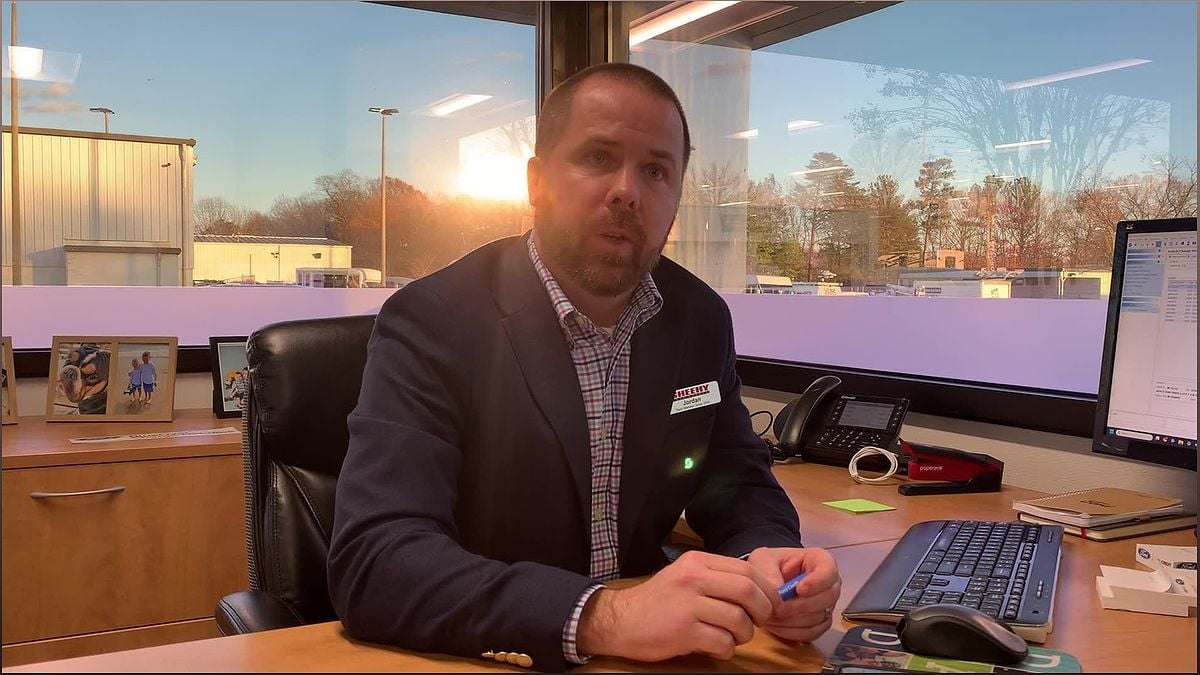The Rise of Electric Vehicles in Virginia: Sales and Challenges
Electric vehicles are gaining popularity in Virginia, with a 9% market share in the first eight months of 2023. However, meeting the state mandate of fully electric vehicles by 2035 poses significant challenges. Explore the reasons behind the growing popularity of EVs, including the environmental consciousness of consumers and unique features like the F-150’s high-powered battery. Discover the barriers to widespread adoption, such as range anxiety, high costs, and limited charging infrastructure. Despite these challenges, lawmakers remain committed to meeting the California standards and are exploring incentives to encourage EV adoption.
The Growing Popularity of Electric Vehicles in Virginia
Electric vehicles (EVs) are gaining traction in Virginia, with a 9% market share in the first eight months of 2023. This marks a significant increase from the 6% share in 2022 and the 3% share in 2021.

One of the key factors driving the growing popularity of EVs is the increasing environmental consciousness among consumers. As people become more aware of the impact of traditional gasoline-powered vehicles on the environment, they are turning to EVs as a cleaner and greener alternative.
Additionally, EVs offer unique features that appeal to consumers. For example, the electric version of the Ford F-150 comes with a high-powered battery that can even charge household appliances during power outages. These added benefits make EVs an attractive choice for environmentally conscious motorists.
Barriers to Widespread Electric Vehicle Adoption
While the popularity of electric vehicles is on the rise, there are several barriers that prevent their widespread adoption in Virginia.
One major challenge is range anxiety, which refers to the fear of running out of battery power while driving. Despite the increasing number of charging stations, many consumers still worry about the availability and accessibility of charging infrastructure, especially on long trips.
Another significant barrier is the high cost of electric vehicles. On average, EVs are slightly more expensive than traditional gasoline-powered cars. This price difference can deter some potential buyers, especially those on a tight budget.
Furthermore, charging an electric vehicle can be challenging for those who live in apartment buildings or do not have access to a private driveway. While home chargers offer faster charging times, they require professional installation and may not be feasible for renters.
Meeting the State Mandate: Challenges and Commitment
Virginia has set a state mandate that all new vehicles sold in the state must be fully electric by 2035, following the standards set by California. However, based on the current trajectory, meeting this mandate poses significant challenges.
According to industry experts, the current rate of EV adoption would need to increase exponentially to meet the 2035 target. While there is a growing interest in electric vehicles, there is still a long way to go to achieve the required market share.
Despite the challenges, lawmakers and officials remain committed to meeting the state mandate. Senator Jennifer Boysko, the new chair of the Transportation Subcommittee, has expressed her dedication to reaching the California standards and lowering carbon emissions in Virginia.
To encourage the adoption of electric vehicles, lawmakers are exploring various incentives, such as tax credits for buyers and incentivizing businesses to install charging stations across the state. These measures aim to address the barriers and make electric vehicles a more viable and attractive option for consumers.
